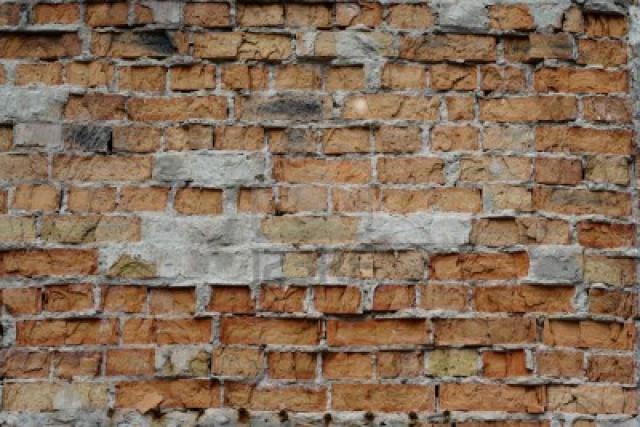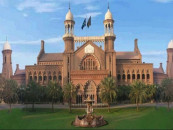Public space: Fencing off the city behind high walls
‘Based on the idea of security and fear, urban elites have carved out a securitised city in their own image’.

Public space: Fencing off the city behind high walls
An ‘architecture of security’ was built in the city of Lahore that was disproportional to the threat after bombings started in 2008, Sadia Shirazi, visiting faculty at the National College of Arts, said in a talk on Thursday.
Speaking at a lecture titled City, Space, Power - Lahore’s architecture of in/security at the Lahore University of Management Sciences, Shirazi said authorities issued an ordinance for all public buildings to increase their walls from six feet to eight feet high.
“While the threat appeared to concentrate on public and religious sites, elite housing schemes also began to increase their walls and security around themselves,” she said. “This was not about the real threat to security but about privileged classes using the discourse of fear to protect their positions.
“The city is a space that is contested by many groups and amidst this conflict, particular classes are able to use the narrative of fear and paint the entire city with this single character,” she said.
Checkposts contribute to creating an architecture of impermanence. They can appear and disappear but this temporariness is merely perceptual, she said.
“Higher walls barely achieve any security benefits but make previously public spaces opaque,” she said. “For example, the metal blocks added to the metal grills outside the Government College and Punjab University cage students inside, but do not increase real protection available to them.”
“The increase in the securitisation of the city’s architecture has meant that citizens have been effectively cordoned off from public spaces,” she said.
“The question to ask is: do barriers indicate a safer city or one that is more insecure?” she asked.
Under the narrative of fear and security, the city began to be claimed by the elite and the military, she said.
Under the same type of thinking, the question of how the city is presented to outsiders becomes more important that how the city is to its residents, she said.
“However, the discourse of security is not the only discourse with which urban elites claim the city,” she said.
“If we look at Lahore it has been a Rajput city, it has been a Sikh city, it has been a colonial city. But the only history that we attempt to preserve is of Lahore as a Mughal city.”
“This is particularly visible when urban elites are using new developments to preserve a particular vision of the Walled City,” she said.
“The only narrative they wish to remember and preserve is the Mughal narrative. Any counter narratives are done away with.”
Published in The Express Tribune, May 4th, 2012.



















COMMENTS
Comments are moderated and generally will be posted if they are on-topic and not abusive.
For more information, please see our Comments FAQ